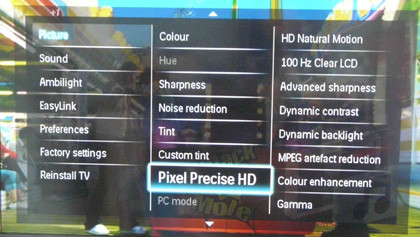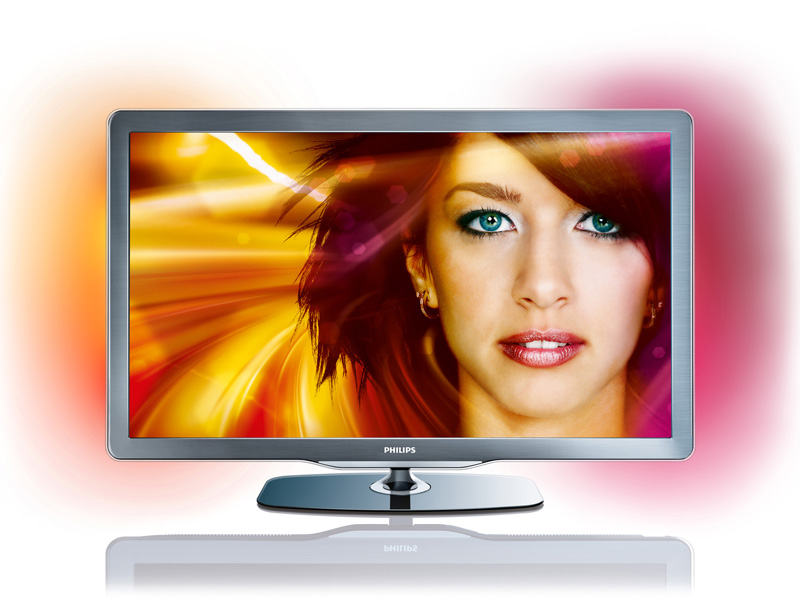TechRadar Verdict
Pros
- +
Contrast, colour & clarity
- +
SD upscaling
- +
USB media playback
- +
Remote control
Cons
- -
No Freeview HD tuner
- -
No built-in Wi-Fi
- -
Sluggish Net TV
- -
Wired networking
Why you can trust TechRadar
Arriving in the most popular size for LED-lit TVs – 40-inch – the 40PFL7605 appears remarkably thin (it's just 42mm deep), but, more importantly, well built.
As solidly built as any TV we've seen – some of this manufacturer's even posher sets notwithstanding – the 40PFL7605 is framed by a dark grey, brushed metal surround that sits on a slim translucent plastic lip that helps direct this set's Ambilght feature.
Elsewhere on this 40-incher is wireless streaming from a PC and NetTV, which includes some open web browsing and downloadable content, though you'll have to rely on the rear panel's wired Ethernet LAN port for accessing online content. A wireless USB adaptor (the PTA01) is available from Philips for around £50.
That aside, it's really only when we come to its built-in processing technology that we get a clue that this is a mid-range model with fewer touches of class than the upper echelons of Philips' pricey 9000 Series.
Elsewhere in this 7000 Series you'll find the 32-inch 32PFL7605H (£849), 37in 37PFL7605H (£999) and 46-inch 46PFL7605H (£1,499).
All use a 100Hz panel – the minimum required for a LCD TV to cut-down on blurring – and host the Pixel Precise HD picture processing engine. The latter includes HD Natural Motion, which is one of our favourite pieces of Philips technology, but it's not as extensive as the Perfect Pixel HD circuitry that is reserved for the 9000 Series.

And then comes the shock – the 40PFL7605 has just a standard Freeview tuner, with no HD option. To be fair to Philips, the price has just been slashed by £200, which frees up some cash to buy a hi-def set-top box, but it's something of a body blow. Fortunately, it is one from which the 40PFL7605 recovers handsomely.
Jamie is a freelance tech, travel and space journalist based in the UK. He’s been writing regularly for Techradar since it was launched in 2008 and also writes regularly for Forbes, The Telegraph, the South China Morning Post, Sky & Telescope and the Sky At Night magazine as well as other Future titles T3, Digital Camera World, All About Space and Space.com. He also edits two of his own websites, TravGear.com and WhenIsTheNextEclipse.com that reflect his obsession with travel gear and solar eclipse travel. He is the author of A Stargazing Program For Beginners (Springer, 2015),

